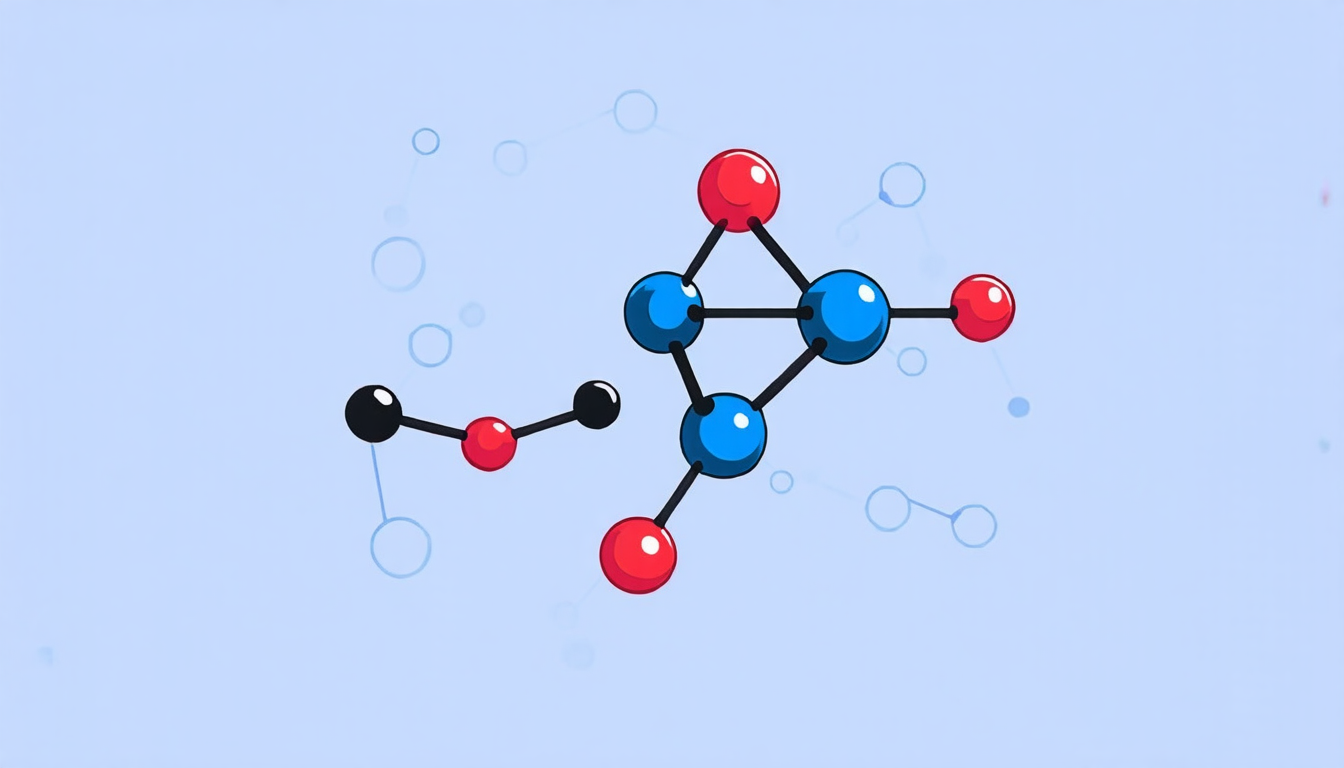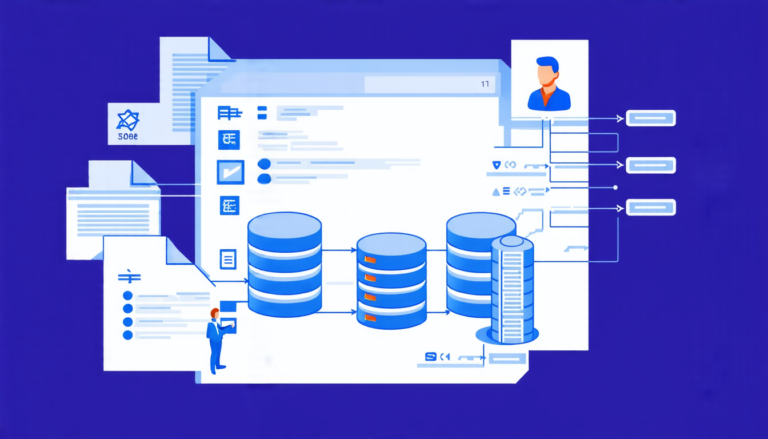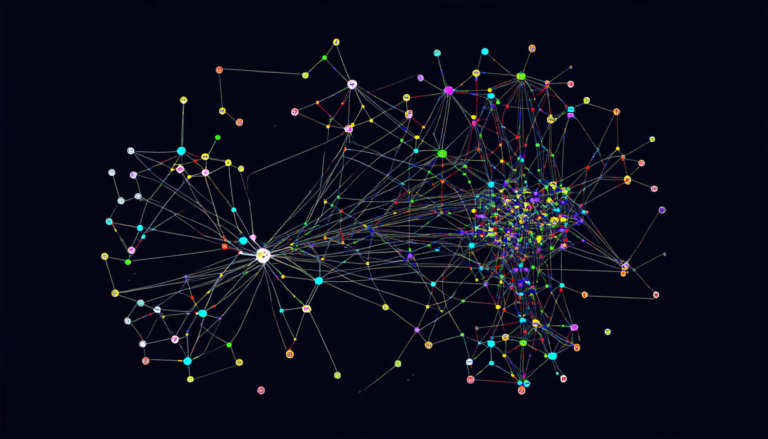Sunday 12 October 2025
The quest to solve complex quantum problems has long been a challenge for scientists. The intricate dance of particles at the atomic level can be difficult to model and simulate, leading to breakthroughs that are often incremental rather than revolutionary. But a new approach has emerged that promises to change the game: neural-quantum states.
This novel technique uses artificial intelligence to create quantum models that can efficiently solve complex problems. By leveraging the power of machine learning, researchers have developed a method that can accurately simulate the behavior of particles at the atomic level. This is no small feat, as even the most powerful computers struggle to keep up with the calculations required to model these systems.
At its core, neural-quantum states use a type of artificial intelligence known as graph transformers. These algorithms are designed to process complex relationships between different nodes or particles in a system. By training these models on large datasets of quantum simulations, researchers have been able to develop a new class of quantum solvers that can tackle problems that were previously unsolvable.
One of the key challenges in developing this technology is ensuring that the AI-generated quantum models are accurate and reliable. To address this issue, the researchers used a technique called variational Monte Carlo, which involves generating multiple random quantum states and selecting the one that best matches the desired properties of the system.
The results are impressive: the neural-quantum state approach has been shown to be capable of accurately modeling complex quantum systems with thousands of particles. This is a significant milestone, as it opens up new possibilities for researchers to study and understand these systems in greater detail.
But what does this mean for the broader scientific community? In short, it means that scientists will have access to powerful new tools for simulating and understanding complex quantum phenomena. This could lead to breakthroughs in fields such as materials science, chemistry, and even medicine.
For example, by accurately modeling the behavior of electrons in complex molecules, researchers may be able to design new materials with specific properties, such as superconductors or nanomaterials. Similarly, by studying the interactions between particles at the atomic level, scientists could gain a deeper understanding of the fundamental forces that shape our universe.
The potential applications of this technology are vast and varied, and it’s likely that we’ll see significant progress in the years to come. As researchers continue to refine and develop this approach, we can expect to see new breakthroughs and innovations emerge from the intersection of artificial intelligence and quantum mechanics.
Cite this article: “Revolutionizing Quantum Simulation: Neural-Quantum States Unlock New Possibilities”, The Science Archive, 2025.
Quantum Mechanics, Artificial Intelligence, Neural Networks, Graph Transformers, Quantum Simulation, Monte Carlo Methods, Variational Methods, Complex Systems, Materials Science, Nanotechnology







